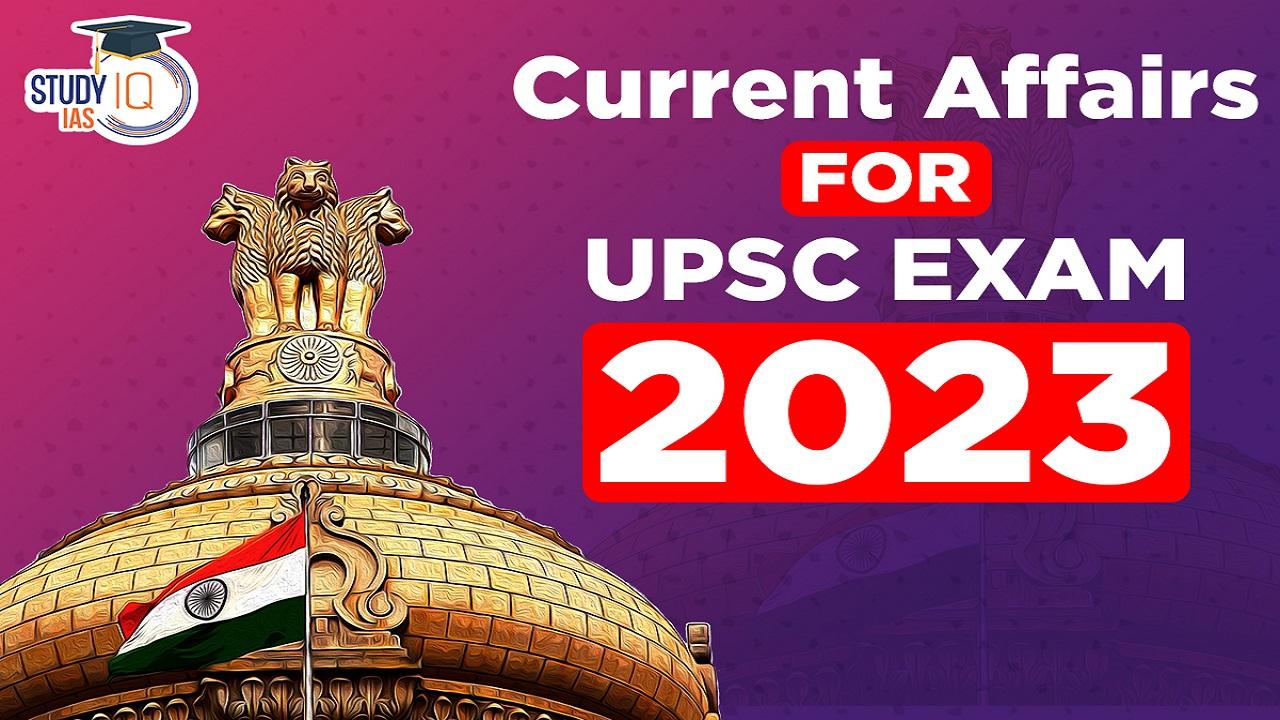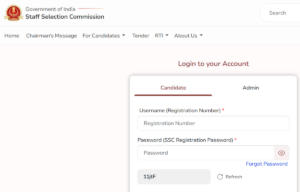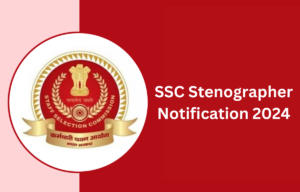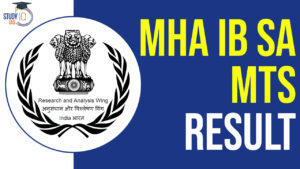Current Affairs 20th September 2023 for UPSC Prelims Exam
Five Eyes Alliance
Context: Canada’s accusation of India with respect to its role in the assassination of a Khalistani leader has received support from the Five Eyes intelligence alliance.
About the Five Eyes (FVEY) Alliance
- Origin: Established after World War II as part of the multilateral UKUSA Agreement.
- The UKUSA Agreement is an agreement of cooperation signed between the United Kingdom and the United States in 1946.
- Why was it formed?
- After World War II, the allies laid out goals for a peaceful post world war era.
- In 1941, the allies issued the Atlantic charter which outlined the aims of the United Kingdom and United States for the post World war World.
- The key provisions include:
- No territorial changes shall be made against the wishes of the people.
- Restoration of self-government to those who were deprived of it.
- Freedom of the seas.
- Freedom from fear.
- Disarmament of aggressor nations.
- The alliance has so far mainly targeted China, Russia and North Korea.
- Objective: To enhance cooperation in signals intelligence (SIGINT) and share intelligence information among the member countries.
- Signals intelligence (SIGINT) involves intercepting and deciphering electronic communications, such as phone calls, emails, and other forms of electronic data.
- Members: Comprises intelligence agencies of Australia, Canada, New Zealand, the United Kingdom and the United States.
- Surveillance Programmes operated by Five Eyes Alliance: PRISM, Tempora, XKeyscore, STATEROOM, ECHELON, and MUSCULAR.
- Intelligence-sharing agreements have now expanded beyond the Five Eyes:
- 9 Eyes: The Five Eyes, with the addition of Denmark, France, the Netherlands and Norway;
- 14 Eyes: The 9 Eyes, with the addition of Germany, Belgium, Italy, Spain and Sweden;
- 41 Eyes: All of the above, with the addition of the allied coalition in Afghanistan.
Related Information
World’s Premier Intelligence Agencies
| Intelligence Agency | Country |
| Research and Analysis Wing (R&AW or RAW) | India |
| Central Intelligence Agency (CIA) | United States |
| MI6 (Military Intelligence, Section 6) | United Kingdom |
| Federal Security Services | Russia |
| MOSSAD | Israel |
| Federal Intelligence Service or Bundesnachrichtendienst or BND | Germany |
| Ministry of State Security (MSS) | China |
| Inter-Services Intelligence (ISS) | Pakistan |
About the Research and Analysis Wing (R&AW or RAW)
- Established in 1968 following the intelligence failures of the Sino-Indian War.
- Objective: To handle external intelligence.
- Prior to RAW, the Intelligence Bureau (IB) was solely responsible for gathering both internal and external intelligence.
- After 1968, IB’s role was confined to internal intelligence.
- Headquarter: New Delhi
- Under the direct control of the Prime Minister’s Office (PMO).
- The first chief of R&AW was Rameshwar Nath Kao, regarded as the father of Indian intelligence.
- Headed by a Secretary (Research), who is an IPS officer of the rank of Director General of Police.
- The Secretary (Research) reports directly to the Prime Minister of India and is accountable to a parliamentary committee on intelligence matters.
Current Affairs 19th September 2023 for UPSC Prelims Exam
National Human Rights Commission (NHRC)
Context: The NHRC hosted the 28th biannual Asia Pacific Forum Conference at New Delhi.
More on the News:
- Members of Indian civil society have condemned the Asia Pacific Forum (APF) for acceding to the National Human Rights Commission of India (NHRC) request to host 28th Biannual Conference in New Delhi.
- The APF was established in 1996 to promote the establishment of independent national human rights institutions (NHRIs) in the Asia Pacific region.
- It is made up of 26 National Human Rights Institutions from across the Asia Pacific region.
- APF member institutions, along with NHRIs take part in a regular review process by the Global Alliance of National Human Rights Institutions (GANHRI) to assess their compliance with the Paris Principles.
- This happened at a time when NHRC-India has recently been deferred its Accreditation by the Sub Committee on Accreditation (SCA) of the Global Alliance of National Human Rights Institutions (GANHRI).
- GANHRI works with the UN Human Rights Office, the United Nations Development Programme (UNDP) and other international and regional organisations to review the performance of national human rights institutions across the world.
About National Human Rights Commission (NHRC)
- It is a statutory body set up under the provisions of Protection of Human Rights Act (PHRA), 1993.
- The formation of NHRC is in conformity with the Paris Principles.
- The Paris Principles are a set of international standards that define the role, composition, status and functions of National Human Rights Institutions (NHRIs).
- They were adopted by the UN General Assembly in 1993 and are considered the cornerstone of the NHRI movement.
- Aim:
- It is the watchdog of human rights in the country.
- It works to protect the right to life, liberty, equality and dignity of the individual guaranteed by the Constitution.
- Composition: Chairperson, five full-time Members and seven deemed Members.
- Chairperson, should be retired Chief Justice of India or a Judge of the Supreme Court.
- Members should be a serving or retired judge of the Supreme Court, a serving or retired chief justice of a high court and three members should have knowledge or practical experience with respect to human rights out of which at least one should be a woman.
- The deemed members include chairpersons of various commissions such as Chairperson of the National Commission for Backward Classes, Chairperson of the National Commission for Protection of Child Rights and the Chief Commissioner for Persons.
- Tenure: Three years or till the age of seventy years for both the Chairperson and Members.
- Appointment: The Chairperson and members of the NHRC are appointed by the President of India, on the recommendation of a committee consisting of:
- The Prime Minister (Chairperson)
- The Home Minister
- The Leader of the Opposition in the Lok Sabha
- The Leader of the Opposition in the Rajya Sabha
- The Speaker of the Lok Sabha
- The Deputy Chairman of the Rajya Sabha
- Functions:
- Inquire into complaints of violation of human rights/abetment or negligence in the prevention of such violation by a public servant.
- Intervene in any proceeding involving any allegation of violation of human rights pending before a court with the approval of the such court.
- Visit any jail or any other institution under the control of the State Government to study the living condition of the inmates and make recommendations thereon.
- Review the safeguards under the Constitution/law in force for the protection of human rights and recommend measures for their effective implementation.
- Review the factors like terrorism that inhibit the enjoyment of human rights and recommend appropriate remedial measures.
- Study treaties and other international instruments on human rights and make recommendations.
- Undertake and promote research in the field of human rights.
- Spread human rights literacy among various sections of society and promote awareness of the safeguards available.
- Encourage the efforts of NGOs and institutions working in the field of human rights.
Brent Crude vs. West Texas Intermediate (WTI)
Context: The global crude oil prices have risen due to a weak U.S. oil output and extended production cuts by Saudi Arabia and Russia.
About Brent Crude and West Texas Intermediate (WTI)
- They are two of the most commonly traded types of crude oil in the world.
- They serve as benchmark prices for the global oil market and are used to determine oil prices for various products, including gasoline, diesel, and other refined petroleum products.
Differences Between Brent Crude and West Texas Intermediate (WTI)
| Parameter | Brent Crude | West Texas Intermediate (WTI) |
| Extraction Locations | Extracted from the North Sea region of the Atlantic Ocean. | Extracted in the United States, mainly from the Permian Basin (west Texas and southeastern New Mexico). |
| Composition | It is a light, sweet crude oil, which means it has a relatively low density and sulfur content. | It is also a light, sweet crude oil, but WTI enjoys lower sulfur content than the Brent. |
| Benchmark Prices | Brent crude price is the international benchmark price used by the OPEC. (Since India imports primarily from OPEC countries, Brent is the benchmark for oil prices in India) | WTI is the benchmark for oil prices in the United States. |
| Trading Exchange | It trades on London’s ICE Futures exchange. | It trades on the New York Mercantile Exchange. |
| Transportation Costs | As the Brent crude is produced near the sea, so transportation costs are significantly lower. | West Texas Intermediate is produced in landlocked areas, which makes it more expensive to transport. |
Related Facts
- About Crude Oil:
- Crude oil is made up of a mixture of hydrocarbons – hydrogen and carbon atoms.
- It exists in liquid form in underground reservoirs in the tiny spaces within sedimentary rocks. Or it can be found near the surface in oil sands.
- Crude oil is formed from the remains of dead organisms (diatoms) such as algae and zooplankton that existed millions of years ago in a marine environment.
- Petroleum products are materials derived from crude oil as it is processed in oil refineries through Fractional distillation.
- The top five crude oil producers in the world: United States, Russia, Saudi Arabia, Canada, and Iraq.
- The largest producer of crude oil in India is Rajasthan, followed by Assam and Gujarat.
- India is dependent on imports for about 83% of its crude oil requirement.
National Higher Educational Qualification Framework (NHEQF)
Context: The National Higher Education Qualifications Framework (NHEQF) introduced by the University Grants Commission (UGC) will prove to be efficient if it can address various associated problems.
About the National Higher Educational Qualification Framework (NHEQF)
- The NHEQF is a regulatory reform proposed by the National Education Policy 2020.
- NEP 2020 is the first education policy of the 21st century in India, which replaced the previous National Policy on Education (NPE) 1986.
- Recommended by the K Kasturirangan committee, it proposes reforms in school and higher education, including technical education.
- 5 foundational pillars: Access, Equity, Quality, Affordability, and Accountability.
- It is aligned with the 2030 Agenda for Sustainable Development.
- It is an instrument for the development, classification, and recognition of qualifications for higher education in India.
- Aim: To create a nationally accepted and globally comparable system for higher education qualifications, enhancing transparency and comparability at all levels.
- The framework divides education into eight levels.
- The first four levels are the school levels, while the last four are governed by higher education.
- The first four levels will be taken up under the National School Education Qualification Framework (NSEQF), while the last four levels will come under the ambit of NHEQF.
- The NHEQF is characterised by six levels based on the complexity of learning outcomes. The levels start from 4.5, 5, 5.5, 6, 7 and 8.
| Levels | Stages of higher education and learning outcomes | Programme duration | Credits |
| 4.5 | Undergraduate Certificate (in the field of learning/discipline) for those who exit after the first year (2 semesters) of the undergraduate programme. | First year or 2 semesters of the undergraduate programme | 40 credits |
| 5 | Undergraduate Diploma (in the field of learning/discipline) for those who exit after the first two years (4 semesters) of the undergraduate programme | First two years or 4 semesters of the undergraduate programme | 80 credits |
| 5.5 | Bachelor’s Degree (examples: Bachelor of Arts; Bachelor of Science; Bachelor of Commerce; Bachelor of Physical Education; Bachelor of Business Administration, etc. | Three years or 6 semesters | 120 credits |
| 6 | B.A., B.Ed.; B.Sc., B.Ed.; B.Com., B.Ed. (4-year dual-degree Integrated Teacher Education Programme). Plus, Bachelor of Engineering (B.E.); Bachelor of Technology (B.Tech.) | Four Years | 160 credits |
| 6.5 | Master’s degree. (e.g., M.A.; M.Com., M.Sc.; etc.) | Two years or four semesters after obtaining a 3-yearBachelor’s degree | 80 credits |
| 7 | Master’s degree (e.g., M.E.; M.Tech. etc.) | Programme duration: Two years or four semesters after obtaining a Bachelor’s degree (e.g., B.E., B.Tech. etc.) | 80 credits |
| 8 | Doctoral degree | Credits for coursework and, a thesis and published work |
Concerns associated with the NHEQF
- Delayed Implementation: India introduced the National Higher Education Qualifications Framework (NHEQF) later than many other countries, with a significant delay in its execution.
- Multiplicity of Frameworks: There are multiple frameworks for higher education including NHEQF, National Credit Framework, and Academic Bank of Credits, which can create confusion.
- Lack of Inclusivity: Certain disciplines like agriculture, law, medicine, and pharmacy are notably absent from the framework.
- European Influence: Critics argue that NHEQF heavily borrows from European models, overlooking India’s diverse higher education system.
- Limited Educational Goals: The NHEQF doesn’t emphasise broader educational objectives beyond employability, missing sociocultural and economic factors.
- Potential Elitism: The framework’s strict criteria for PhD program admission may promote elitism by favouring high-performing students.
- Implementation Challenges: Equating postgraduate diplomas with undergraduate degrees and demanding credit requirements pose practical challenges.
Related Information
About University Grants Commission (UGC)
- Established in 1953 & a statutory body with the UGC Act in 1956.
- Parent Authority: Department of Higher Education, Ministry of Education.
- The UGC’s mandate includes:
- Promoting and coordinating university education.
- Setting standards of teaching, examination and research in universities.
- Framing regulations on minimum standards of education.
- Monitoring developments in the field of collegiate and university education.
- Disbursing grants to the universities and colleges.
- Vital link between the Union and State governments and institutions of higher learning.
- Advising the Central and State governments on the improvement of university education.
- Composition: A Chairman, a Vice-Chairman, and 10 other members appointed by the Central Government.
- Tenure:
- Chairman: 5 years or until he attains the age of 65 years, whichever is earlier.
- Vice-Chairman: 3 years or until he attains the age of 65 years, whichever is earlier.
- Other member: 3 years


 SSC CGL Apply Online 2024, Last Date is ...
SSC CGL Apply Online 2024, Last Date is ...
 SSC Stenographer 2024 Notification Out a...
SSC Stenographer 2024 Notification Out a...
 IB SA MTS Final Result 2024 Out at mha.g...
IB SA MTS Final Result 2024 Out at mha.g...

















